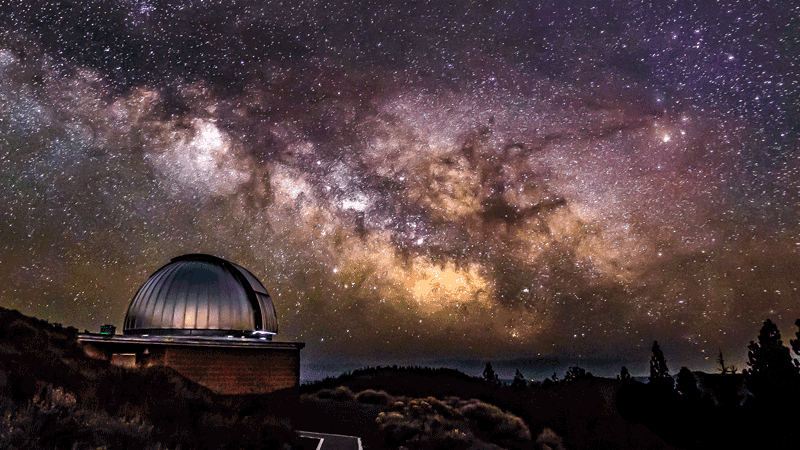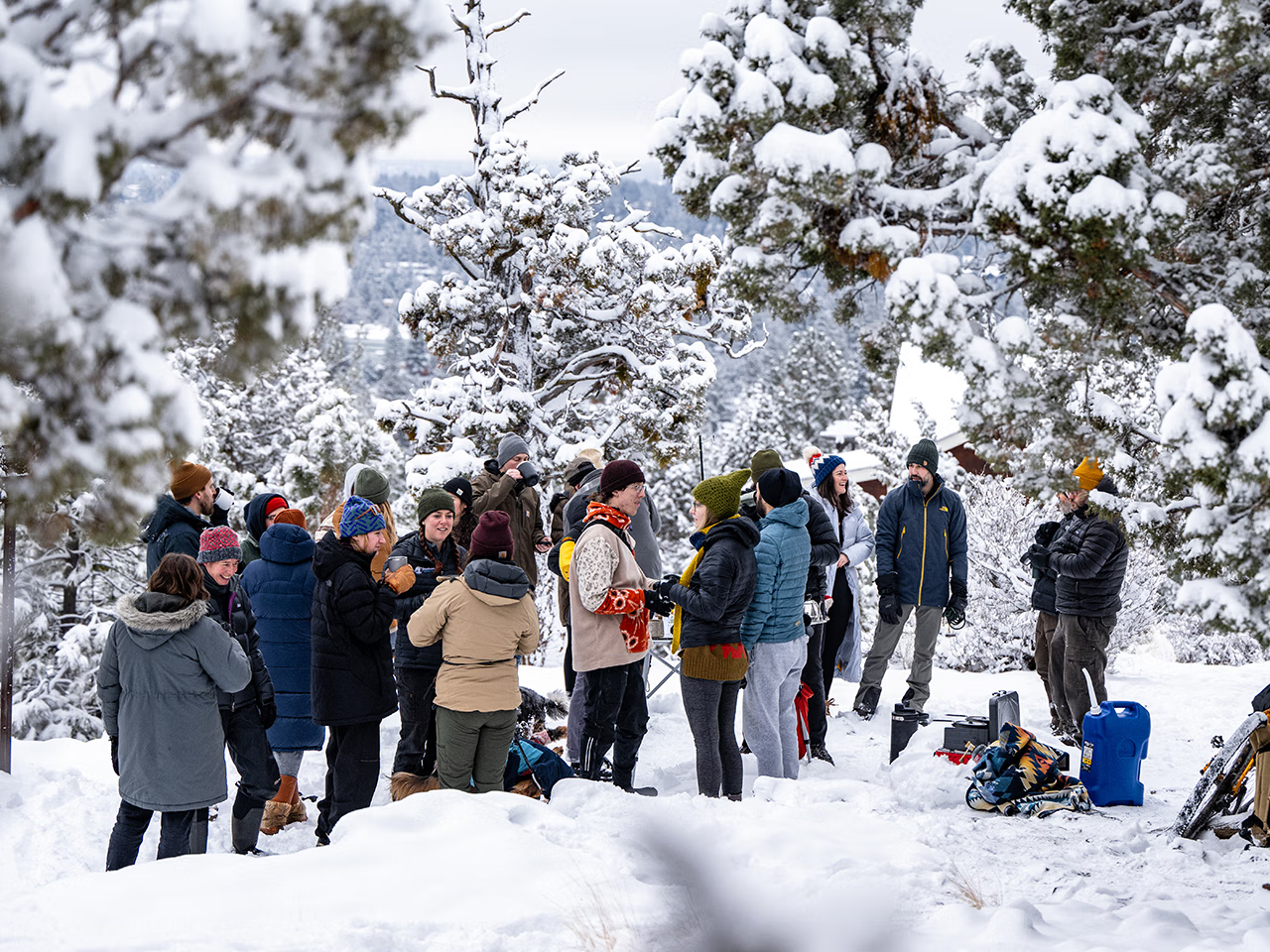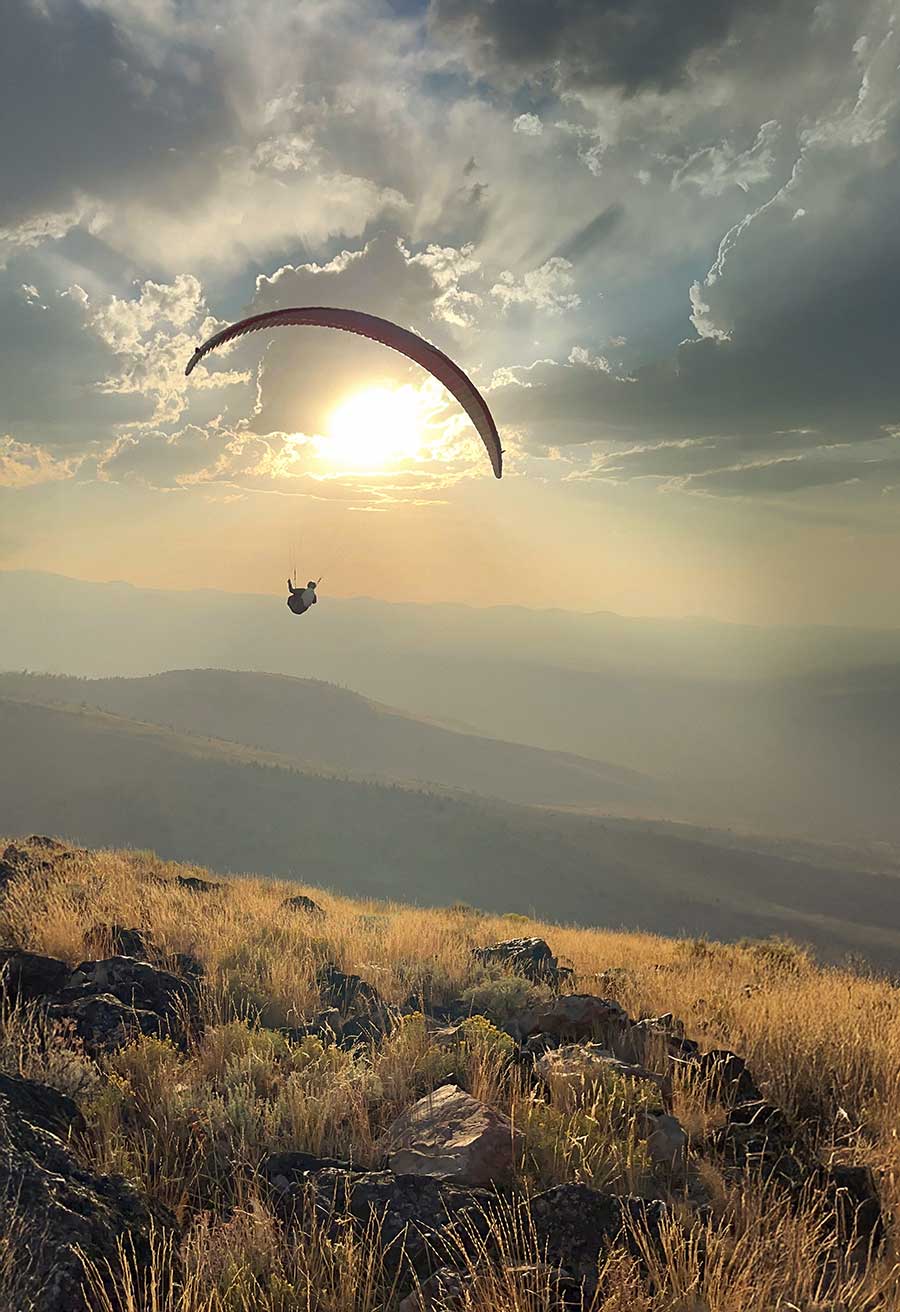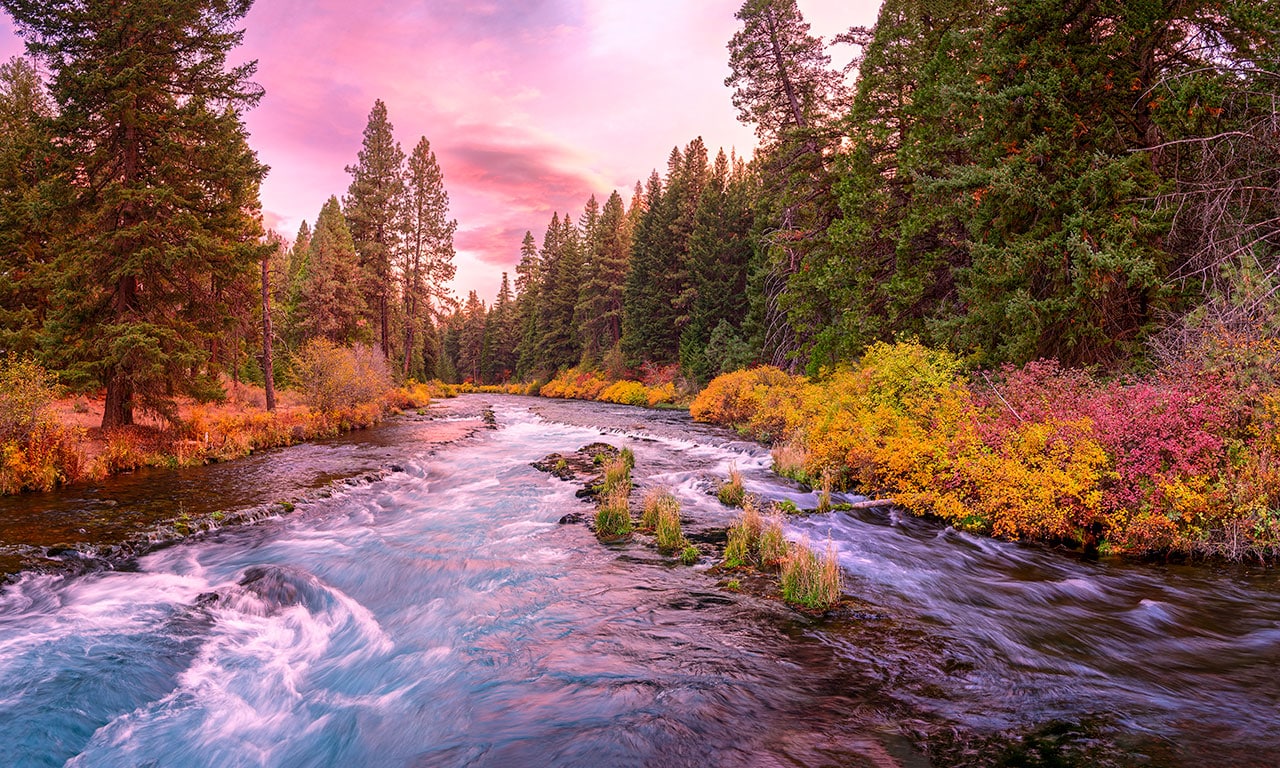Get ready for a cosmic spectacle, 2025 offers a variety of notable astronomical events! 2025 is packed with incredible night sky events, from dazzling meteor showers to breathtaking auroras and dramatic blood moons. Discover the must-see celestial shows of the year, many of which you can enjoy with just your own eyes. Even if you’re new to stargazing, these upcoming wonders are sure to amaze.
2025’s Dazzling Star Events
June 24-29, 2025: Oregon Star Party
Join amateur astronomers at Indian Trail Spring in the Ochoco National Forest for this annual multiday celebration. Find educational speakers, telescope mentoring for adults and youth, along with telescopes available for use in the ‘Telescope Tent.’ Oregon Star Party is held 45 miles east of Prineville, Oregon, and camping is available.
June 26, 2025: Moon and Mercury Meet Up
Witness a rare celestial rendezvous! On June 26th, tiny Mercury, the sun’s closest planet, emerges from its hiding place to join the slender crescent moon. To see this subtle spectacle, peer low into the western sky shortly after sunset, 20-30 minutes before darkness falls. Mercury, a faint glimmer, will be just three degrees from the moon. A clear western view is essential, and binoculars can cut through the sunset’s glow.
August 12, 2025: Venus and Jupiter’s Close Encounter
Mark your calendars for an early morning planetary conjunction on August 12th. Venus and Jupiter will appear very close together in the eastern dawn sky. Venus will be the brighter of the two, shining with a white light, while Jupiter will appear dimmer and golden. Binoculars will easily show both planets together. A small telescope will reveal Jupiter’s atmospheric bands and the Galilean moons.
September 7, 2025: Total Lunar Eclipse and Blood Moon
Sorry, this total lunar eclipse (“blood moon”) will only be visible in Europe, Africa, Asia, and Australia. But in case you are traveling, a partial eclipse begins at 9:27 a.m. PST, with totality from 10:30 a.m. to 11:52 a.m. PST. This timing is to show when it occurs relative to PST, it will be visible during evening hours in the locations mentioned above. Look east at the moonrise for the red glow. No equipment is needed, but binoculars/telescope will enhance the view.
September 19, 2025: Moon, Venus, and Regulus in Celestial Group Hug
Dawn’s celestial triangle. 45 minutes before sunrise, look east for the crescent moon, dazzling Venus, and blue-white Regulus forming a beautiful trio.
November 8, 2025: Saturn’s Rings Vanish
Prepare for a rare Saturn sighting! In early November, its famous rings will appear edge-on, nearly vanishing. This happens only every 15 years. Use a backyard telescope for the best view, looking south in the evening sky within Aquarius.
December 13 to 14: Geminid Meteor Shower Peaks
Prepare for a dazzling display of shooting stars! The Geminid meteor shower, peaking December 13-14, will deliver up to 120 meteors per hour. Thanks to a dark, moonless sky, this year’s show will be exceptional. Escape light pollution for the best experience, but even backyards can offer a great view.
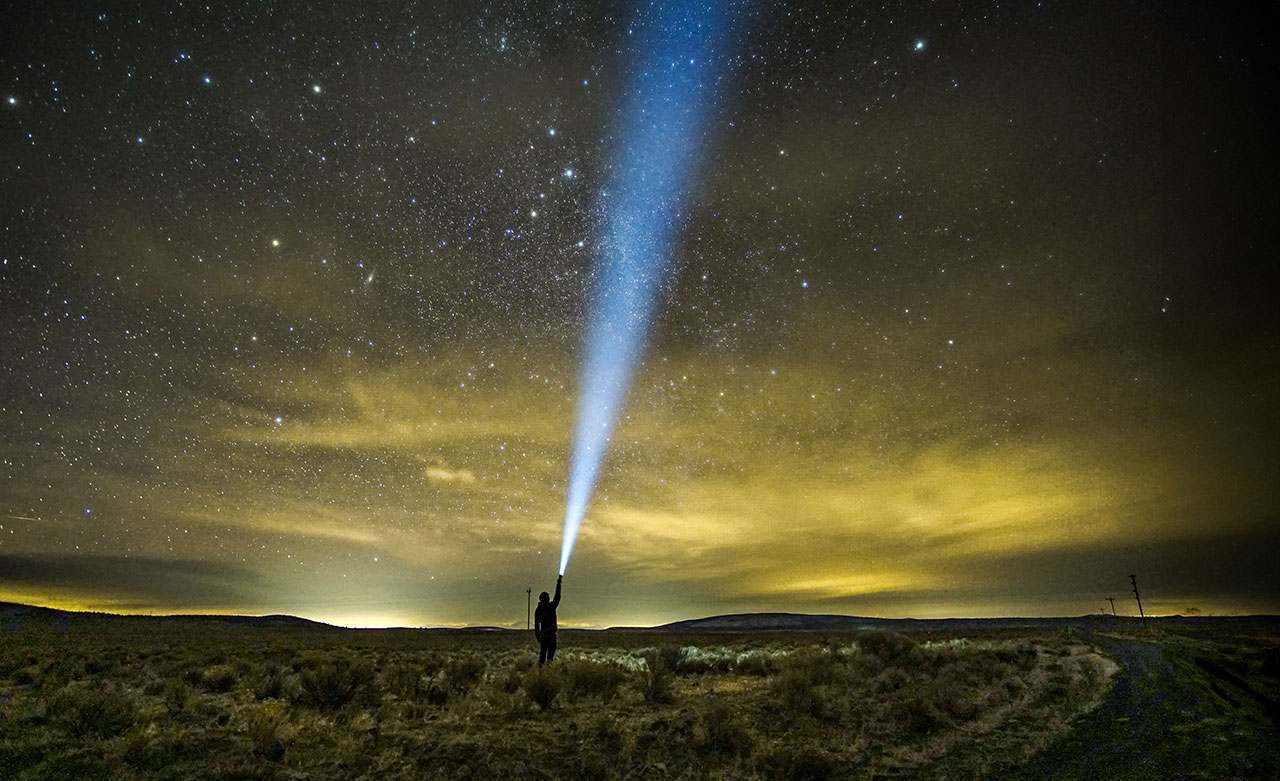
Past Events in 2025
March 13, 2025: Total Lunar Eclipse and Blood Moon
The eclipse is viewable anywhere in the Western Hemisphere that has clear skies, including every state in the U.S. The moon will start to look a little different just before midnight EDT on Thursday. The eclipse will start shortly after 10 p.m. PST and totality happens between about 11:30 p.m. and 12:30 a.m. PST.
March 29, 2025: Partial Solar Eclipse
The next partial solar eclipse will occur on March 29 and will begin around 1:50 a.m. PST, according to timeanddate.com. It’s expected to end just before 5:43 a.m. PST. The peak of the partial eclipse is scheduled to happen around 3:47 a.m. PST.
LOCAL DARK SKY RESOURCES
Article Published September 2024
Dawn Nilson spends a lot of time under starry night skies. When she gazes at the cosmos alongside campers and astronomers, she notices a peculiar pattern. Voices get quiet, and tones are softened. A serene stillness blankets the scene. Certain animals come out and specific plants begin to flower. As the sun sets and the stars twinkle, the world transforms, and we transform with it.
In those awe-inspiring moments, Nilson—dark sky preservation director with the Rose City Astronomers and a delegate for DarkSky International—says we’re connecting to something deeper than the brilliant display before us. “The stars have engaged people since we’ve been people,” she said. “They have inspired all the major religions, all the sciences, farm work and poetry. It’s just this big beyond—these really vast places of unknown.”
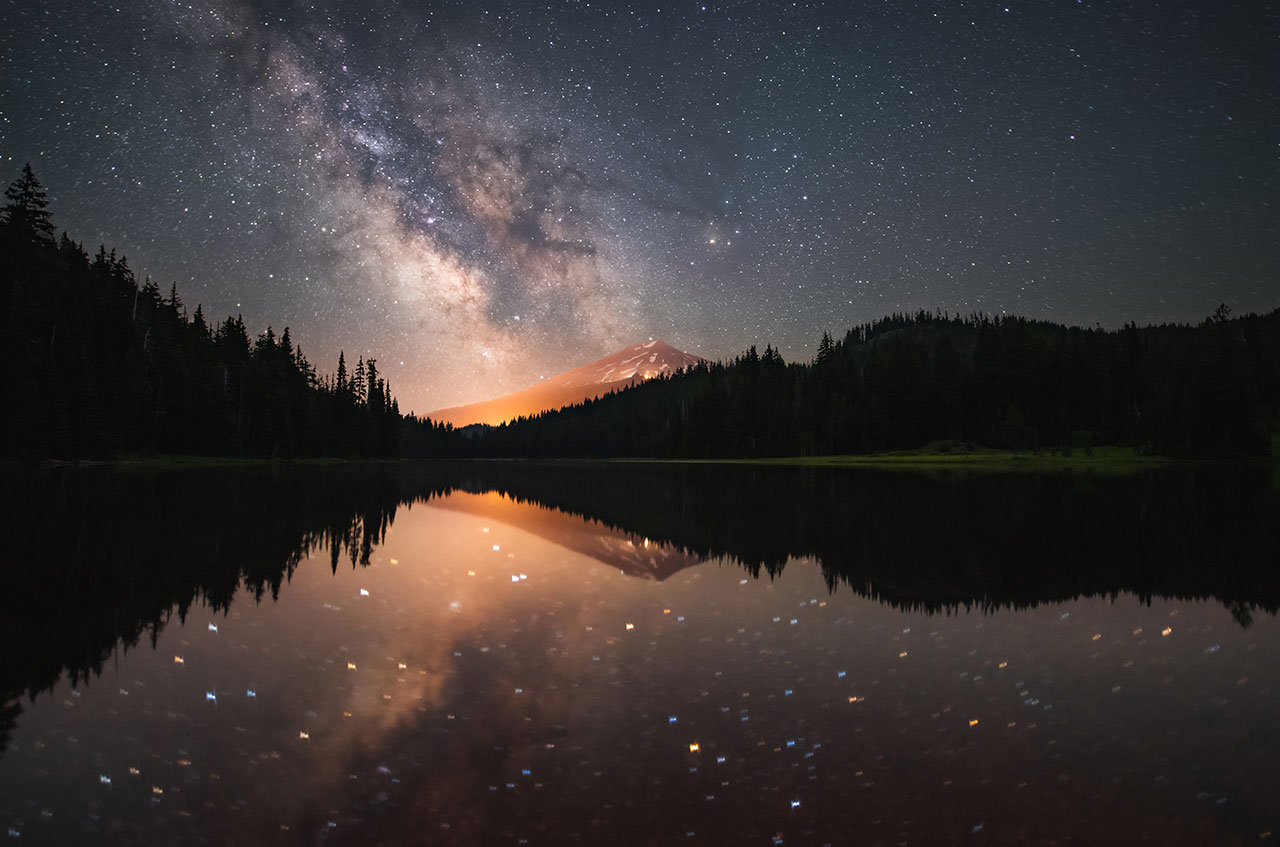
This is the sentiment at the heart of Nilson’s professional efforts to protect and preserve dark night skies for generations to come. Most recently, she managed and authored an application to create the Oregon Outback International Dark Sky Sanctuary—an area of more than 2 million acres, roughly 90 minutes southeast of Bend, recognized for its bracingly clear night skies.
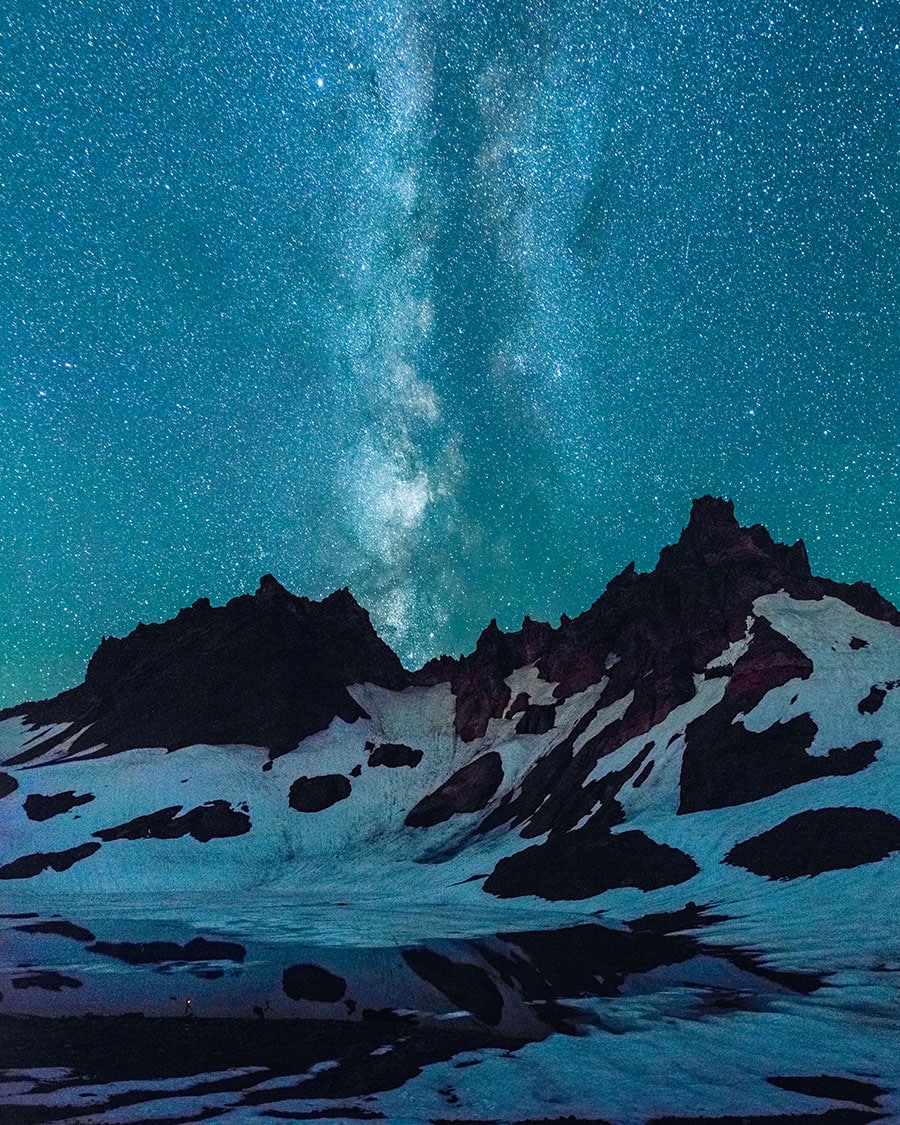
Those efforts paid off in early 2024 with the establishment of the sanctuary, and organizers across the region aren’t done trying to save our dark skies. Here’s why that matters and what organizers are doing to keep those pristine views intact.
Why Dark Night Skies Matter
According to a 2016 study published in the journal Science Advances, nearly 80% of North Americans can’t see the Milky Way on an otherwise clear evening—a problem caused by what’s known as light pollution.
Light pollution occurs when streetlights and other sources of artificial light brighten and wash out otherwise pristine night skies. According to the National Park Service, that man-made light can travel up to 125 miles from its original source.
But the effects go far beyond what we can or cannot see. The presence of artificial light may attract invasive species that can alter established ecosystems, force native species from their habitats and throw off long-held migration patterns.

How Skies Are Being Protected
Fortunately, organizations around the world are working to reduce light pollution and protect clear night skies. Chief among them is the nonprofit organization DarkSky International, whose International Dark Sky Places program strives to curtail light pollution, collaborate with local communities to implement responsible lighting practices and educate the public on the importance of clear skies.
The first location in Central Oregon to receive a DarkSky designation was the community of Sunriver—which in 2020 was dubbed a Dark Sky Friendly Development of Distinction.
The recognition came after collaboration between Bob Grossfeld, who led the effort as observatory manager of Sunriver Nature Center & Observatory, and local stakeholders. Efforts included minimizing the number of streetlights and reworking lights on homes and community buildings—typically by installing shields and focusing beams of light away from the sky and toward the ground. The following year, Prineville Reservoir was dubbed an International Dark Sky Park after staff members installed soft yellow and red lighting that reduced light pollution.
Most recently, in March 2024, the 2.5-million-acre Oregon Outback International Dark Sky Sanctuary was established in southeastern Oregon. Within those boundaries, and under the region’s clear night skies, sits Summer Lake Hot Springs, the Hart Mountain National Antelope Refuge and other popular attractions.
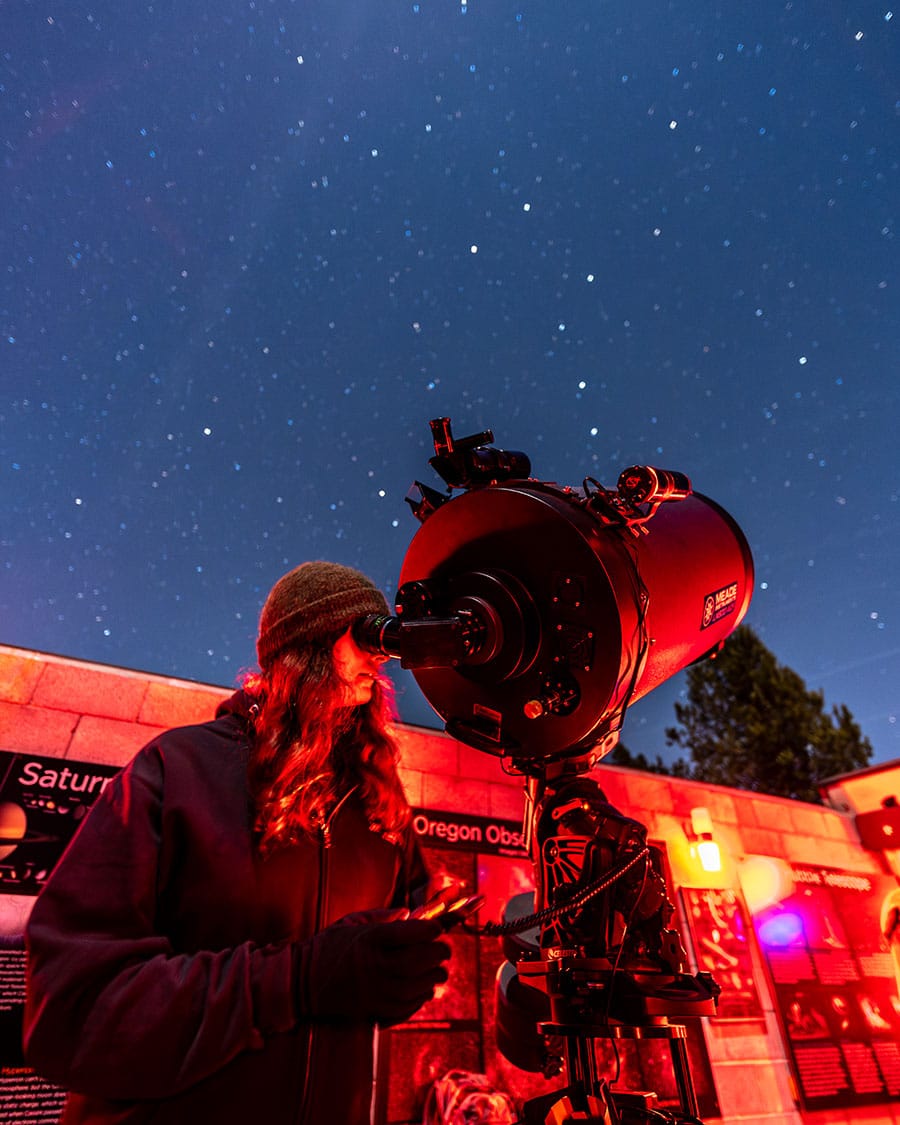
Todd Forbes, the Bureau of Land Management’s (BLM) Lakeview district manager, said the effort started after being approached in 2019 by community stakeholders, including Nilson.
Forbes has worked in Lakeview for more than two decades and says that travelers have been visiting the Oregon Outback the entire time to admire its starry skies. So when Nilson and others asked the BLM to support their efforts to establish the sanctuary, Forbes said it was a no-brainer to take part. “We saw this as a way to validate some of that recreation use that was already happening—and maybe draw some additional attention to the area,” he said.
The sanctuary largely sits on existing BLM land, much of which is unlit—reducing the need to mitigate light pollution. “There are usually a lot of conflicting uses out there,” Forbes said. “And this is one that really doesn’t conflict much with uses that are already going on.”
That solitude gets at why so many have visited the region for decades—a trend that Forbes doesn’t think will slow anytime soon. “What makes the Oregon Outback so special is the ability to find solitude pretty easily,” he said. And now there are two million acres of dark sky to make it even more remarkable.
Chasing Aurora
Written by Christian Murillo
When people think of chasing the northern lights, arctic destinations such as Alaska, Iceland or Norway typically come to mind. While auroras may not occur often in Central Oregon, the year ahead could be special.
The aurora borealis occurs when charged particles from the sun collide with Earth’s atmosphere, resulting in a dazzling display of light and color. The solar flares that cause these energetic spikes follow a roughly 25-year cycle. We are currently reaching the solar maximum, a period typically associated with more frequent and stronger auroras. This period is expected to last through 2025 and may not appear for another 11 years.
To View and Enjoy the Aurora in Central Oregon
First, keep an eye on the planetary K-index of the National Oceanic and Atmospheric Administration’s Space Weather Prediction Center. The planetary K-index, or Kp, predicts the strength of an aurora. For reference, the aurora on May 10 hit Kp levels of 9, the upper limit of the scale. I have photographed an aurora in Oregon with a Kp as low as 6, but have found that it isn’t really visible to the naked eye until it gets above 7. Even at this strength, the aurora is more visible to most cameras (even smartphone cameras) than to the naked eye. Since night vision in humans is poor, we need to do everything possible to see the night sky in its full glory.
One of the best ways to see the aurora with your naked eyes is to avoid light pollution. The northern lights typically display on the northern horizon so it is worth noting light pollution to the north. The moon should also be considered when making aurora plans. Its brightness can easily wash out even the strongest auroras; instead check for aurora activity around a new moon, before moonrise or after moonset.
As with any night sky viewing, it is important to look for a place with clear skies. Central Oregon is blessed with frequently clear skies, but weather patterns may be different in the mountains. Always check the latest forecast before heading out.
Lastly, it is important to let your eyes adjust to true darkness when trying to view an aurora. It takes our eyes about 30 minutes to adjust and see as much detail in the night sky as possible. That means no headlamps, phones or flashlights, except in red mode. Red light wavelengths do not spoil night vision, so this mode is recommended when viewing the night sky. With that said, part of the reason catching an aurora is so special is because it is so rare. Aurora forecasts are even less accurate than weather forecasts. Worst case scenario, you get to spend an incredible night out under a blanket of endless stars. See murillophoto.com.
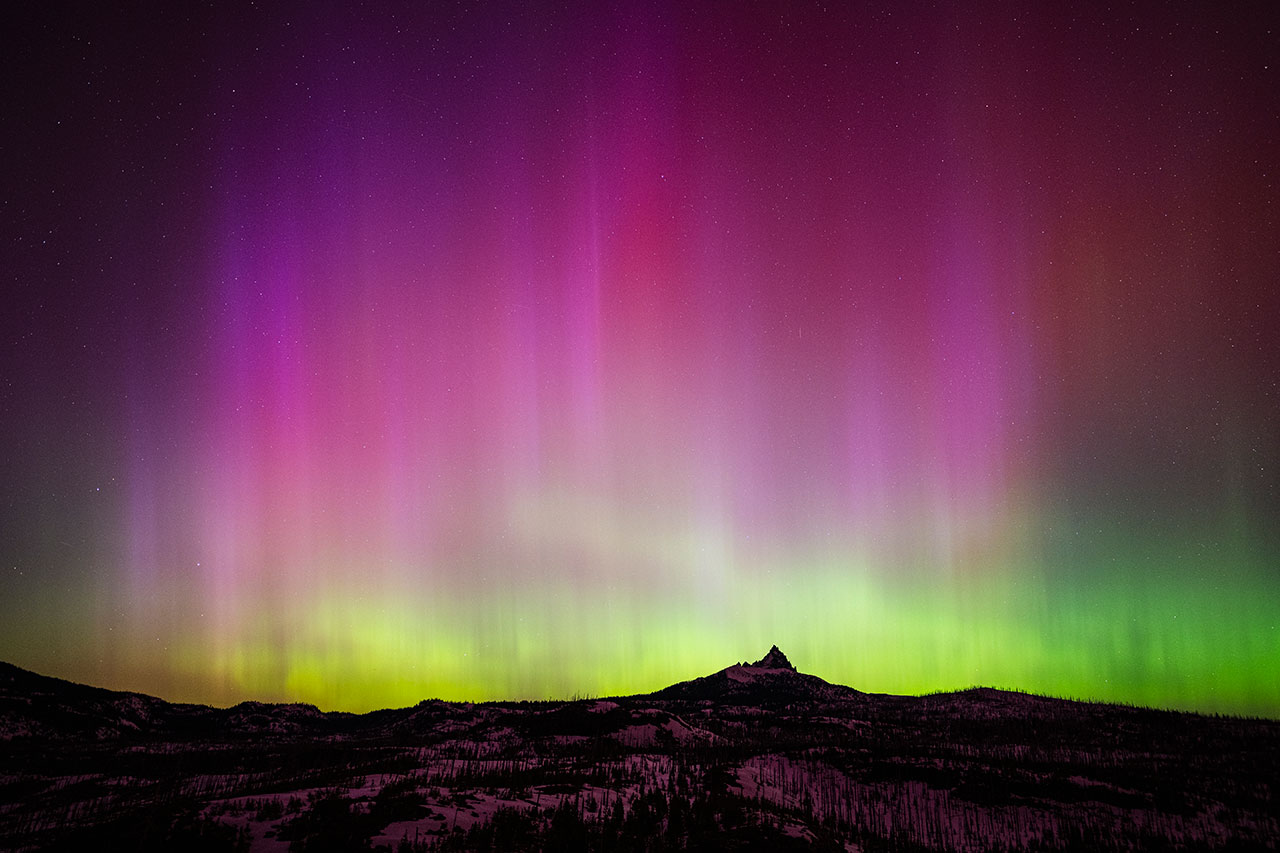
What Can You Do?
Eager to help reduce light pollution and brighten the night skies across Central Oregon? It’s easier than you think. Here’s how to get started:
Unused lights: One of the easiest ways to make a difference is to turn off lights when not in use or aren’t a necessity after dark.
Household lighting: Install shields that prevent porch lighting from pointing upward and toward the atmosphere and use lighting that focuses its beam toward the ground.
Camp lighting: Traditional headlamps, lanterns and flashlights can impair night vision and wash out the sky, so consider using red lighting, which provides illumination without ruining the views overhead.
Make a donation: Nilson says one of the easiest ways to get involved is through a tax-deductible donation to DarkSky International, which funds the group’s advocacy work and supports the growth of its Dark Sky Places program.
Where can you go?
In Central Oregon, we’re some of the lucky ones who can actually see the Milky Way on a clear night. If you’d like to take a closer look, appreciate and celebrate the wonders of the universe, here are a few places around the region where you can do just that:
Sunriver Nature Center & Observatory has the largest collection of telescopes accessible to the public in the United States and offers year-round nighttime viewing by reservation. See snco.org.
Twenty-six miles southeast of Bend, Pine Mountain Observatory welcomes visitors on weekends from May through late September. The observatory is operated by University of Oregon Department of Physics under a special use permit from the Deschutes National Forest. See pmo.uoregon.edu.
The Asterisk Observatory at Smith Rock features a 17-inch PlaneWave telescope to offer a 360-degree view of the night sky and surrounding skyline. Visitors are welcome nightly through October or by appointment. See asteriskobservatory.org.
Overnight guests in Tetherow’s Ridge Homes can view galaxies, star clusters and other celestial wonders alongside Bend-based astronomer Grant Tandy. The experience even includes celestial-themed drinks and dessert. See tetherow.com.

